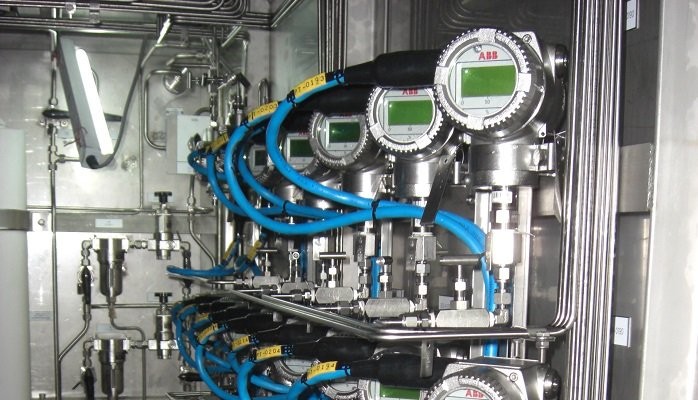
Are you fully plugged in to plugged impulse line problems?
When it comes to pressure measurement, the efficiency of any process relies on having the most accurate information possible. A faulty measurement can have significant negative implications for a process, hence the importance of being able to detect errors as soon as they occur.
With pressure transmitters rarely directly connected to the processes being measured, the problem of blocked impulse lines is a common one. Transmitting the pressure signal from the process to the transmitter, these small diameter lines are prone to plugging caused by freezing or products solidifying in the line. However, with no direct impact on the transmitter itself, the problem is often difficult to trace, as the measurements continue to look plausible. For plant operators, the result is reduced measurement accuracy which could, if left undetected, lead to reduced process performance and impaired product quality.
Developments in both signal processing and operator interface technology are enabling plant operators to move from a preventive maintenance setup to a proactive maintenance routine based on enhanced device data.
New technology solves a forgotten problem
Pressure transmitters are widely used on industrial sites to measure everything from pressure through to level and flow. With potentially hundreds of such transmitters installed on site, many in difficult or inaccessible locations, any problem could mean that a process’s performance is based on incorrect information, which could have long term consequences on both production costs and quality.
To help tackle the problems caused by plugged impulse lines, some manufacturers, ABB included, have developed technology to help operators to more easily identify the existence, and scale, of plugged impulse lines - using the background noise of the process. Put simply, this technology uses an algorithm to compare the current performance of a pressure device against a background ‘template’ set during the commissioning stage.
Take, for example, a differential pressure transmitter used in a flow application. Flow processes are affected by fluctuations in pressure caused by other devices and machines which may also be employed in the same application. An example is a pump producing a differential pressure signal noise. Under normal operating conditions, without any plugged impulse line problem, this process noise is effectively ‘cancelled out’, as the pressure measurement device measures the pressure difference between two relatively close locations.
The major cost-saving benefit of plugged impulse line detection arises from the reduction in preventive maintenance
The blocking of one impulse line leads to the pressure fluctuations not being cancelled anymore, resulting in the process noise being included in the differential pressure signal. When both impulse lines are plugged, the noise level of the sensed differential pressure is almost reduced to zero.
The major cost-saving benefit of plugged impulse line detection arises from the reduction in preventive maintenance. The plugged impulse line detection data from the pressure transmitter should be available from the maintenance workplace and in the control room. With fieldbus and asset monitoring, it should also be possible to access the PILD data, and a range of other device data, from a single location.
Detection in the field
But what about detecting and diagnosing a problem in the field? The main manufacturers of industrial pressure transmitters have all developed ways to enable maintenance engineers to locally interact with devices. However, until now, most have either used proprietary systems or require specialist operator knowledge. Furthermore, the inclusion of plugged impulse line detection functionality has tended to be limited to higher end transmitter models, requiring plant operators to pay more if they want to have it included.
With the current challenges of deskilling and reduced maintenance resources, it is desirable for engineers to be able to quickly and easily trace and rectify a fault wherever possible.
ABB’s latest generation of 2600T pressure transmitters features plugged impulse line detection functionality as standard. For ease of operation, many of the basic detection and diagnosis functions are accessible via the local HMI. Those functions that cannot be handled via this interface can be accessed via ABB’s PC-based AssetVision software, which can be run on a laptop plugged into the transmitter.
Using the software, operators can perform a simple five stage process which assesses the background noise, allows testing of the PILD condition and enables adjustment of parameters. The software can also be used to effectively ‘train’ the transmitter to the process, enabling the background noise algorithm to self-adapt to the specific process conditions at the time of installation. Using this information, it is then able to detect the variations in process conditions that indicate a plugged impulse line.
Summary
The ongoing drive towards low-cost plant operation will increasingly favour those instruments that can help operators to ensure maximum uptime with minimum downtime and cost caused by unforeseen maintenance.
Where pressure transmitters are concerned, many plant operators are continuing to labour under the misapprehension that they need to remain locked with their current supplier. With new technology opening up a raft of new options, including the ability to quickly trace and rectify plugged impulse lines, now is the time for them to ask whether their existing pressure transmitters are really up to the job.
Business Development
7yNot just another pressure transmitter!